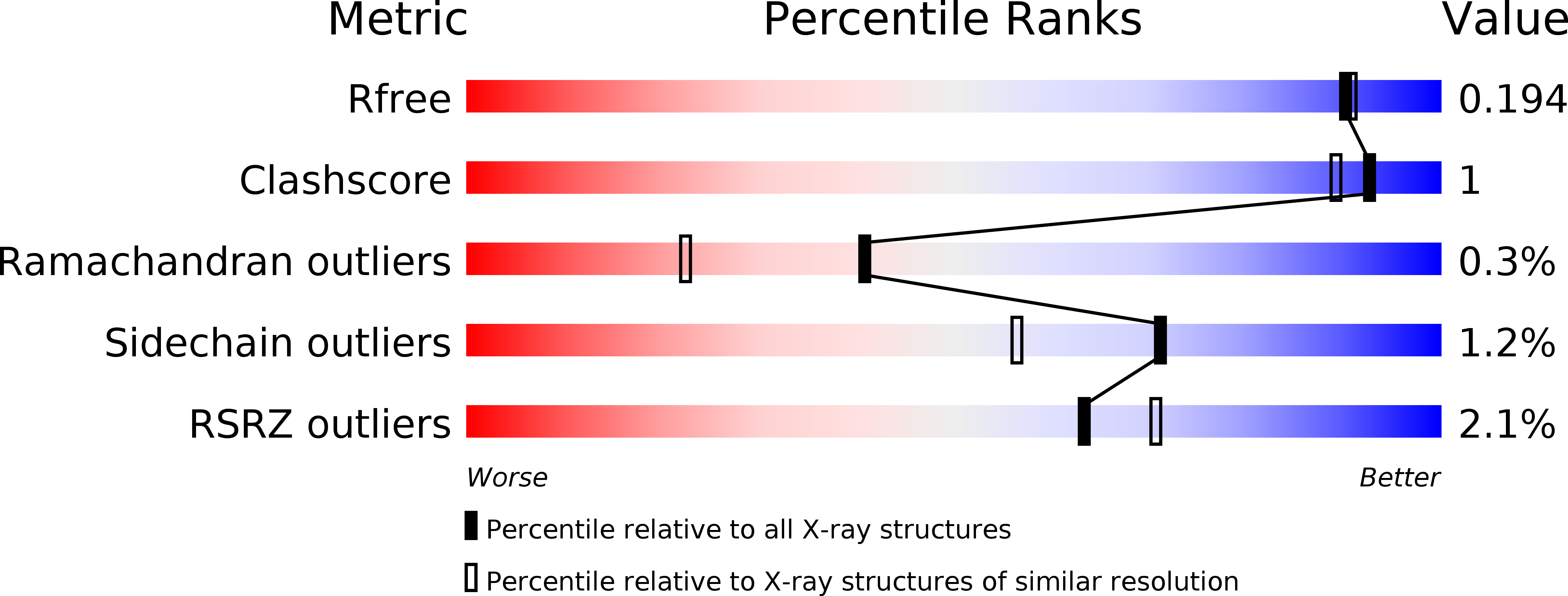
Deposition Date
2014-05-05
Release Date
2014-10-01
Last Version Date
2024-04-03
Entry Detail
PDB ID:
4QAT
Keywords:
Title:
1.75 A resolution structure of CT263-D161N (MTAN) from Chlamydia trachomatis bound to MTA
Biological Source:
Source Organism:
Chlamydia trachomatis (Taxon ID: 471472)
Host Organism:
Method Details:
Experimental Method:
Resolution:
1.75 Å
R-Value Free:
0.19
R-Value Work:
0.16
R-Value Observed:
0.16
Space Group:
P 21 21 2


